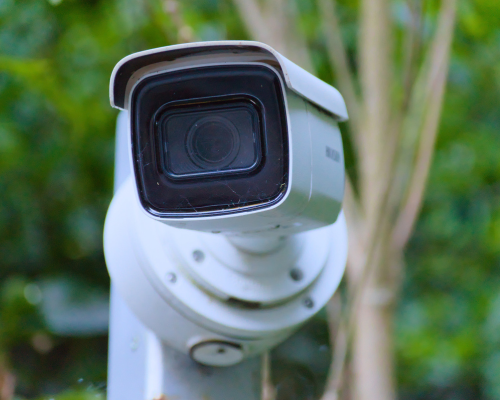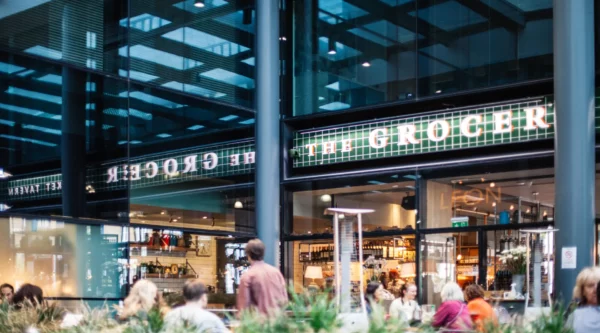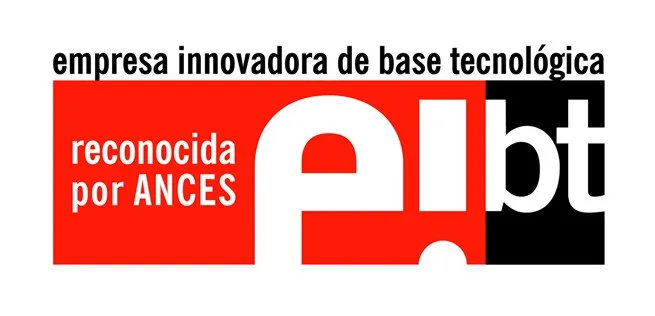AI-powered urban security has become one of the fundamental pillars in the development of Smart Cities . The integration of intelligent video surveillance systems powered by artificial intelligence (AI) is revolutionizing the way incidents are prevented, detected, and responded to in urban environments. Thanks to advanced sensors, real-time analytics, and automated responses, public safety management can be optimized more effectively and proactively.
Key technologies for intelligent video surveillance
Smart urban surveillance systems combine several cutting-edge technologies to maximize their effectiveness:
High-resolution cameras (4K, night vision, thermal cameras).
Artificial intelligence and machine learning for pattern recognition, vehicle counting, and anomaly detection.
5G networks and Edge Computing , which enable data processing at the edge for real-time responses.
Real-time video analysis , with automatic detection of suspicious behavior.
Integration with databases for facial identification and license plate recognition.
Advanced AI capabilities for urban security
AI-powered video surveillance offers a wide range of features aimed at optimizing urban security, making it especially useful for law enforcement agencies and local authorities:
Facial and biometric recognition : Real-time identification of wanted persons or control of restricted access.
Suspicious Object Detection : Automatic alerts for abandoned packages or unusual movements.
Behavioral analysis : Detection of fights, falls, unexpected crowds or unusual runs.
License Plate Recognition (LPR/ANPR) : Vehicle access control and search for stolen vehicles.
Geospatial zoning and alerts : Monitoring of sensitive areas with automatic intrusion notifications.
Response Automation : Direct coordination with security systems for immediate intervention.
Applications of intelligent video surveillance in Smart Cities
Artificial intelligence-powered video surveillance is being implemented in multiple urban settings to improve security and efficiency:
Public transport : Incident detection at stations and stops.
Mass Events : Crowd Control and Riot Prevention.
Critical infrastructure : Protection of airports, power plants and government buildings.
Urban traffic monitoring : Speed, congestion and accident management.
Commercial and residential areas : Prevention of theft, vandalism and urban violence.
Challenges of urban security with AI
While the benefits are significant, there are also challenges that must be addressed for responsible implementation:
Privacy and data protection : Compliance with regulations such as the GDPR is essential to protecting citizens’ rights.
False positives : Incorrect analysis can generate unnecessary alerts and affect operational efficiency.
Cybersecurity : It is crucial to protect video surveillance systems from possible attacks or unauthorized access.
Implementation costs : Investment in infrastructure, maintenance and training can be high.
Digital twins and urban optimization
Thanks to the aforementioned, and also considering data such as the location and availability of parking spaces, road signs, traffic light status and timing, as well as real-time information on vehicle and pedestrian flow, it is possible to develop a digital twin of the population.
This digital twin would allow for the simulation and analysis of various key urban parameters, such as traffic density at different times and in different areas, public and private parking occupancy, mobility patterns, the most congested routes, and the effectiveness of traffic signals and lights.
Furthermore, this technology would facilitate the optimization of urban mobility through the implementation of smart measures, such as dynamic traffic management, efficient parking allocation, optimization of public transport routes, and improved infrastructure planning. It could also be integrated with artificial intelligence systems to predict traffic patterns and improve real-time decision-making, thus contributing to a more efficient, sustainable, and connected city.
As we’ve seen, AI-powered smart security and video surveillance enables smart cities to improve public safety, optimize response times, and reduce the operational burden on law enforcement agencies. However, its implementation must balance efficiency with privacy and cybersecurity to ensure a safer and smarter urban environment. If you’re interested in learning more about the technological evolution of smart cities, we recommend this reference article from the International Telecommunication Union (ITU) on standards and frameworks for smart cities .
At OdinS, we develop customized Smart City solutions . Discover our projects and how we can help you lead your city’s digital transformation. Contact us!












